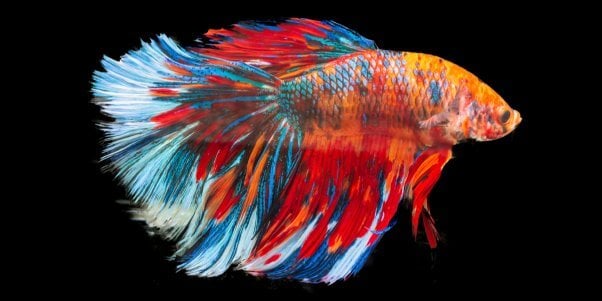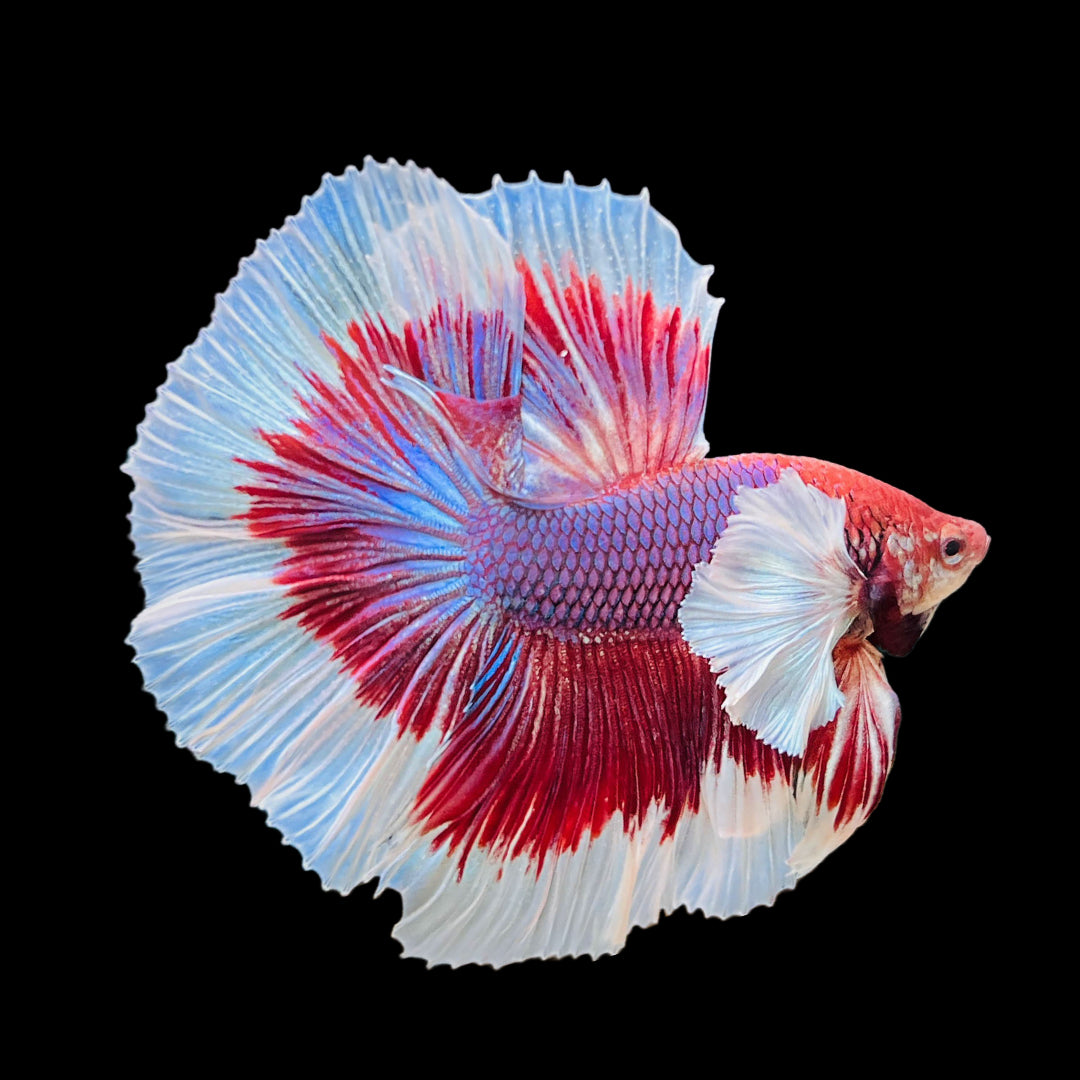Common Betta Fish Illness and How to stop Them
Breeding Betta Fish: a Comprehensive Step-By-Step Guide to Effectively Raising Infant Bettas From Eggs to The Adult Years
Reproducing Betta fish is a thorough endeavor that needs mindful preparation and implementation to guarantee the effective development of fry from eggs to mature fish. As the male Betta faithfully constructs a bubble nest and guards the valuable eggs, the subsequent phases of care and shift demand interest to information and expertise of finest practices.

Selecting Breeding Pairs
When beginning on the journey of reproducing Betta fish, selecting the appropriate breeding sets is crucial to accomplishing preferable attributes and a healthy lineage - betta fish. The very first step in this process is to recognize the specific attributes you desire to boost or maintain, such as color, fin kind, and body shape. It is necessary to choose genetically diverse pairs to prevent inbreeding, which can bring about wellness concerns and unfavorable qualities
Assess possible reproducing prospects very carefully. A healthy male Betta must exhibit vibrant shades, an active behavior, and well-formed fins, while the lady should additionally display vivid coloration and a rounded belly, suggesting preparedness for spawning. Observing the character of both fish is vital, as hostile or overly timid individuals may not reproduce successfully.
Maintaining documents of the moms and dad fish's origins can help you track hereditary attributes and potential concerns. Inevitably, spending time in the option procedure will dramatically boost the likelihood of generating solid, vibrant offspring that fulfill your reproduction objectives.

Preparing the Breeding Tank
Developing an ideal reproduction atmosphere is an essential action after picking suitable sets for Betta fish. The breeding tank must be specifically made to supply comfort and promote the natural breeding habits of the fish. Begin with a storage tank dimension of a minimum of 10 gallons to ensure ample area for both the male and women Bettas.
Maintain a gentle purification system to keep the water clean while avoiding strong currents that can worry the fish. Additionally, an air stone can be included to offer oxygenation without interfering with the water surface way too much.
Temperature law is crucial; go for a secure variety of 78-82 ° F(25-28 ° C) making use of a trusted heating system. The pH level should be maintained between 6.5 and 7.5, and regular water adjustments are required to make sure high water top quality.
Integrate floating plants or spawning sponges to develop hiding spots for the lady, while additionally urging bubble nest structure by the male - betta fish. Ultimately, make certain the tank is totally free from sharp decorations and any kind of potential hazards, as the well-being of the fish need to constantly be prioritized during this essential phase of breeding.
The Reproduction Refine
Commonly, the reproducing procedure for Betta fish involves a series of distinct and observable behaviors that indicate readiness for recreation. The male Betta starts by constructing a bubble nest at the water's surface, which works as a site for the fertilized eggs. This nest is essential, as it provides a safe setting for the eggs until they hatch out.
Once the nest is established, the man will certainly present courtship actions, such as flaring his fins and displaying dynamic shades to draw in the woman. The woman, upon noticing the man's preparedness, will respond by showing upright red stripes along her body, signifying her receptiveness.
When the women approaches, the male takes part in a breeding dance, typically resulting in an embrace known as the "spawning." Throughout this accept, the female releases her eggs, which the male feeds instantly. The fed eggs after that are up to the bubble nest, where the male carefully accumulates and returns them to the nest. Following this, the male presumes responsibility for safeguarding the nest and making certain the safety and security of the eggs reference up until they hatch out, usually within 24-36 hours. This phase is vital in the breeding process, laying the foundation for effective fry development.
Taking Care Of Betta Fry
Taking care of Betta fry needs careful focus to their environment and nourishment to ensure healthy development and development. After hatching out, Betta fry are very small and prone, necessitating a steady and tidy habitat. Preserving a water temperature level between 78 ° F and 80 ° F is crucial, as Betta fry prosper in cozy conditions. Furthermore, make certain that the water is free of dangerous toxins; routine water changes of 10-20% are suggested to keep optimal water quality.
Feeding Betta fry is equally essential. Feed them tiny quantities a number of times a day, being mindful not to overfeed, which can lead to water high quality concerns.
Transitioning to Grownup Bettas
As Betta fry mature, transitioning them to adult Bettas is an important stage that needs mindful management of their atmosphere and social interactions. This process normally starts when the fry get to around 6 weeks old, whereupon they can be slowly introduced to a more structured living atmosphere.
To promote this shift, it is necessary to ensure that the water criteria-- such as temperature, pH, and ammonia degrees-- are ideal and stable. Grown-up Betta fish thrive in cozy water (around 78-80 ° F) with a pH of 6.5 to 7.5. Gradually adjust the fry to these problems to reduce stress more helpful hints and anxiety.
Social interactions are one more vital element; male Bettas are notoriously territorial and hostile. For that reason, it is advisable to separate men into private storage tanks as they grow. Female Bettas can be housed together, however treatment ought to be required to monitor for indications of aggressiveness.
Furthermore, dietary modifications need to be made as the fry expand. check out here Include top quality pellets and live foods to sustain their development and wellness. By handling these elements successfully, you can promote an effective change to adulthood for your Betta fish.

Final Thought
Successful reproduction of Betta fish needs cautious interest to information throughout the entire process, from selecting genetically varied pairs to providing optimal treatment for fry. Additionally, a well balanced diet plan and progressive adaptation to grown-up environments are critical for the growth and advancement of Betta fish.